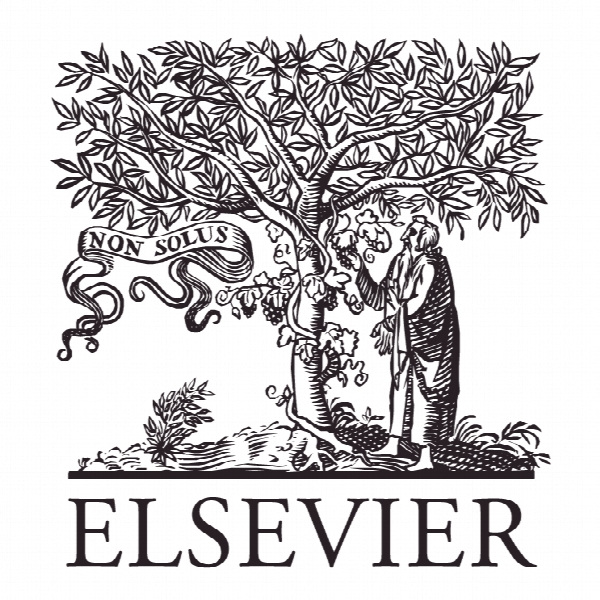تقسیم نقش خدمات اکوسیستم در اهداف توسعه پایدار Distilling the role of ecosystem services in the Sustainable Development Goals
- نوع فایل : کتاب
- زبان : انگلیسی
- ناشر : Elsevier
- چاپ و سال / کشور: 2018
توضیحات
رشته های مرتبط معماری، محیط زیست
گرایش های مرتبط معماری پایدار
مجله خدمات اکوسیستم – Ecosystem Services
دانشگاه Department of Geography – King’s College London – London – UK
منتشر شده در نشریه الزویر
کلمات کلیدی مزایای زیست محیطی، اهداف توسعه پایدار، تعاملات، مدل سازی اکوسیستم، بررسی سیاست
گرایش های مرتبط معماری پایدار
مجله خدمات اکوسیستم – Ecosystem Services
دانشگاه Department of Geography – King’s College London – London – UK
منتشر شده در نشریه الزویر
کلمات کلیدی مزایای زیست محیطی، اهداف توسعه پایدار، تعاملات، مدل سازی اکوسیستم، بررسی سیاست
Description
1. Introduction With the formal adoption of the UN Sustainable Development Goals (SDGs) and their launch in 2016, governments globally are tasked with developing pathways to achieve nationally prioritized targets that incorporate social, economic and environmental dimensions of sustainability, moving beyond sectoral approaches of the past. Building on progress made under the UN Millennium Development Goals (UN, 2015a), the SDGs are a globally agreed upon set of 17 goals, 169 nested targets, and over 200 associated indicators that set the agenda for addressing sustainable development challenges by 2030. Yet, practical strategies for achieving these aims in unison, particularly how ecosystems can be both protected and managed to support human well-being objectives, are not specified and present important and urgent research questions. The wide range of themes incorporated into the SDGs, from poverty and hunger alleviation to sustainable cities, economies, and ecosystems (see Table 1) point to their ambition to improve the lives of the world’s poorest and most marginalized communities through a multi-sectoral approach. Embedded in the goals is an aim to rebuild and strengthen the integrity and function of ecosystems to secure the benefits they provide to both current and future generations (UN, 2015b; UN Secretary-General, 2014). In order for the SDGs to be achieved, national strategies must be built on sound science and engagement of local stakeholders (Griggs et al., 2014; LPFN, 2015; Mbow et al., 2014), and they must be sensitive to inherent interactions across goals and targets (ICSU ISSC, 2015; Nilsson et al., 2016). Biodiversity, ecosystems and the services they provide underpin all dimensions of human, societal, cultural and economic wellbeing (Folke et al., 2016; MEA, 2005; Naeem et al., 2012). However, much of human economic and social development has come through the unsustainable exploitation of ecosystems (MEA, 2005; Raudsepp-Hearne et al., 2010a), with society approaching or already surpassing a number of planetary boundaries (Steffen et al., 2015). Despite intensive use of many ecosystems and substantial improvements in many aspects of development over the past century (UNDP, 2015), human well-being has yet to reach a minimum acceptable level for all people worldwide (Raworth, 2012). An estimated 795 million people remain undernourished (FAO, 2015), and access to education, health, employment and wealth is distributed highly unevenly across societies (UNDP, 2015; World Economic Forum, 2016).


